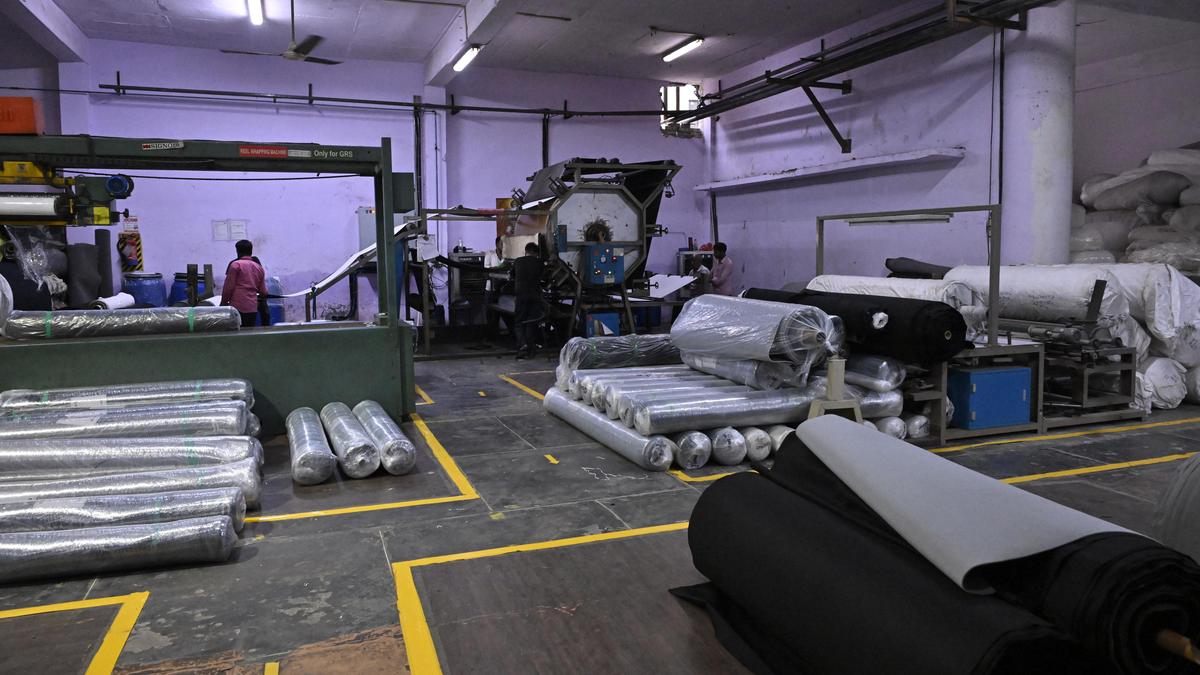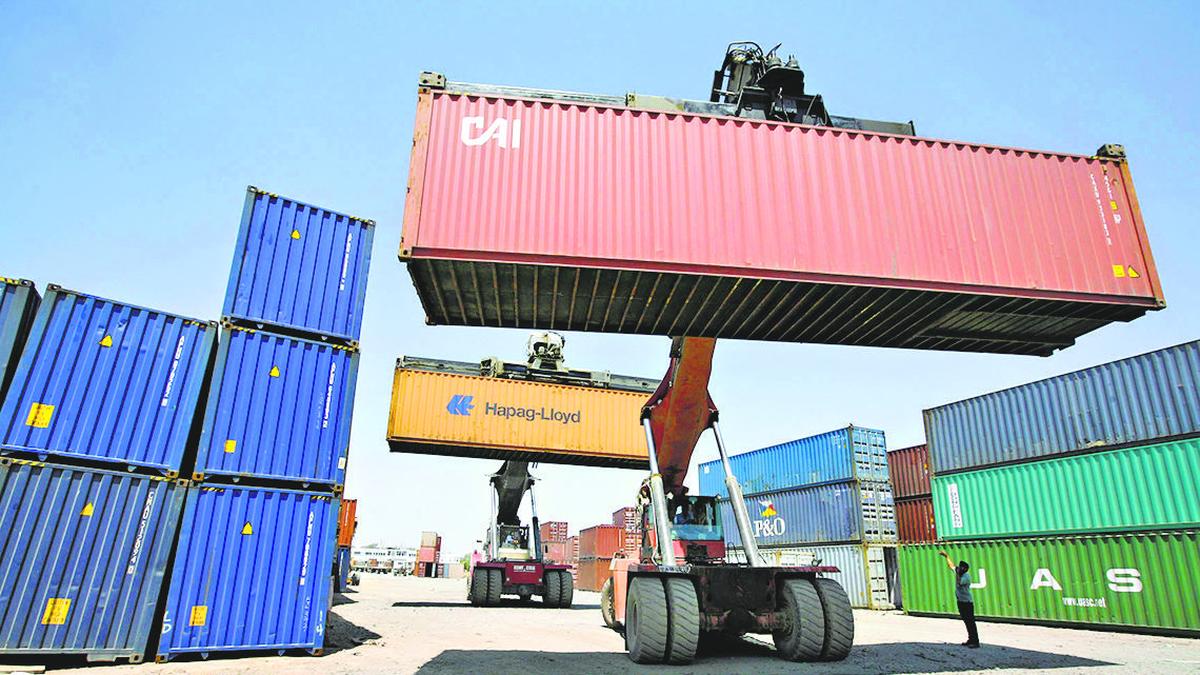Rainy season turns out to be the outbreak period of leptospirosis, the zoonotic disease that claims most lives in Kerala.
A study titled ‘Impact of Extreme Weather Events and Land Use on Leptospira Distribution in Vembanad Lake and Associated Disease Outbreaks in Near Shore Areas,’ published in the journal Water, Air, & Soil Pollution by Springer Nature, indicated that “almost half of the reported cases over the past ten years occurred during the rainy season from June to September.”
Nearly 40% of leptospirosis cases in Kerala in 2018 were reported in September, following the floods.
The highest number of leptospirosis cases was reported 17 days after the peak flooding. The infection rate was significantly higher during the 2018 Kerala floods, at 641 infections per 1,00,000 exposures, according to the researchers.
“The areas surrounding the Vembanad lake experienced an exceptionally high increase in the incidence of leptospirosis, with the number of cases in September being nearly seven times higher than in August, constituting around 50% of the total cases in 2018,” according to the report.
The findings indicate that leptospirosis persists in the waterbody during all seasons, with cases surging during the rainy season as human contact with contaminated water increases. The study highlights the need for molecular surveillance of coastal waters to monitor pathogen presence and to inform targeted public health interventions aimed at preventing transmission from the environment to humans, according to the researchers.
The findings revealed that Leptospira bacteria are present in Vembanad Lake throughout all seasons. Increased tidal flooding and the resulting inundation expose the coastal population to water contaminated with Leptospira.
The researchers called for integrating floodwater management and rodent control measures into urban planning to reduce pathogen exposure, especially in densely populated areas that are susceptible to environmental disturbances. They also suggested strengthening wastewater management practices, implementing in-situ and remote sensing-based surveillance of pathogens, and utilising GIS-based land use patterns to mitigate the transmission of pathogens from the environment to humans.
Published – October 03, 2025 08:42 pm IST




